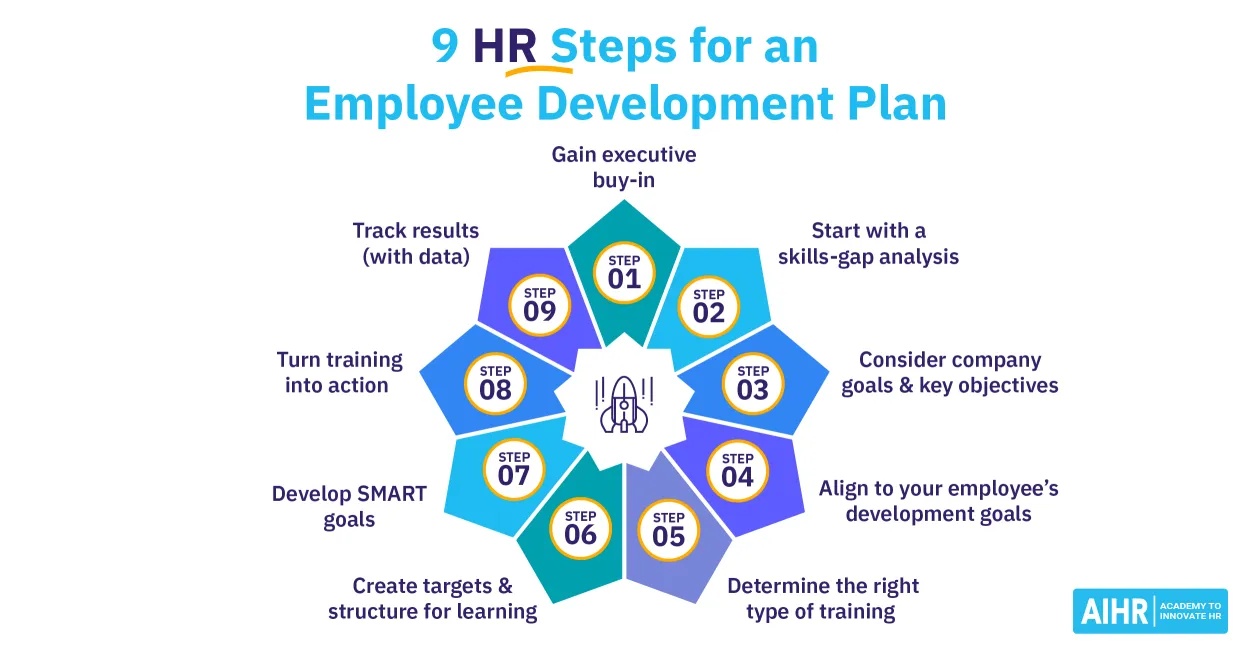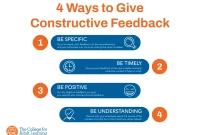In today’s competitive business environment, having effective employee development strategies is crucial for organizations to thrive. This article explores various proven techniques that companies can implement to empower their workforce, enhance employee performance, and facilitate professional growth, ultimately leading to increased productivity and organizational success.
The Importance of Continuous Learning
In today’s rapidly changing business landscape, continuous learning is essential for both individuals and organizations to stay competitive and adapt to new challenges. This holds true especially when it comes to effective employee development strategies.
Continuous learning provides employees with the opportunity to acquire new knowledge, develop new skills, and expand their competencies. It allows them to stay abreast of industry trends, technological advancements, and best practices in their respective fields.
By investing in employee development through continuous learning, organizations can reap numerous benefits. First and foremost, it enhances employee engagement and satisfaction, as individuals feel valued and supported in their professional growth. This, in turn, boosts motivation and productivity.
Additionally, continuous learning improves employee retention and loyalty. When employees perceive their company as invested in their development, they are more likely to stay and contribute their expertise in the long run.
Moreover, continuous learning fosters innovation and agility within an organization. By equipping employees with up-to-date knowledge and skills, they become better equipped to identify and implement creative solutions to problems. This cultivates a culture of continuous improvement and adaptability, which is crucial in today’s fast-paced business environment.
Lastly, continuous learning helps organizations future-proof their workforce. As industries continue to evolve and automation becomes more prevalent, employees need to acquire new skills to remain relevant. By encouraging continuous learning, organizations ensure that their employees are prepared for the future and can successfully navigate any upcoming challenges.
Mentoring and Coaching for Employee Growth
Mentoring and coaching programs play a crucial role in effective employee development strategies. These programs aim to provide guidance and support to employees, helping them enhance their skills, achieve personal and professional growth, and ultimately contribute more effectively to the organization.
Mentoring:
Mentoring involves a more experienced employee, known as a mentor, providing guidance, advice, and sharing knowledge with a less experienced employee, known as a mentee. The mentor acts as a role model, offering insights into their own experiences and helping the mentee navigate challenges and make better-informed decisions. Mentoring relationships are usually long-term and focused on overall career development.
Coaching:
Coaching, on the other hand, is a more short-term and task-oriented process. A coach helps employees develop specific skills, overcome obstacles, and reach their full potential. Unlike mentoring, coaching is not based on a hierarchical relationship. Coaches may come from external sources or be internal employees trained in coaching techniques.
Benefits of Mentoring and Coaching:
The implementation of mentoring and coaching programs brings several benefits to both employees and organizations. These benefits include:
- Accelerated learning and skill development
- Increased employee engagement and satisfaction
- Enhanced leadership and management abilities
- Improved problem-solving and decision-making skills
- Boosted employee confidence and morale
- Enhanced retention and succession planning
Implementing a Mentoring and Coaching Program:
To ensure the success of mentoring and coaching initiatives, organizations need a well-designed program. This includes:
- Identifying clear goals and objectives
- Selecting suitable mentors and coaches
- Providing training for mentors and coaches
- Matching mentees with mentors or coaches
- Establishing regular communication and feedback channels
- Evaluating and adjusting the program as needed
By investing in mentoring and coaching for employee growth, organizations can create a supportive and empowering environment that fosters continuous learning, skill development, and professional advancement.
Measuring the Success of Employee Development Programs
Employee development programs play a crucial role in the growth and success of organizations. To ensure these programs are effective, it is essential to measure their success. By evaluating the outcomes and impact of employee development initiatives, companies can fine-tune their strategies and maximize the benefits for both employees and the organization as a whole.
One way to measure the success of employee development programs is by analyzing employee performance. By comparing the performance of participants who have undergone training or development programs with those who haven’t, employers can identify improvements in productivity, job satisfaction, and skill development.
Another method is through employee feedback and surveys. Gathering feedback from participants allows organizations to understand their experiences, identify areas of improvement, and address any issues or concerns. Regular surveys can also gauge employee satisfaction, engagement levels, and their perception of the effectiveness of the development programs.
In addition, tracking employee retention and turnover rates can provide valuable insights into the success of development programs. Higher retention rates among program participants indicate that the initiatives have increased employee loyalty and satisfaction. Conversely, high turnover rates may suggest that further improvements are needed in the program design or delivery.
Lastly, assessing the return on investment (ROI) is crucial in measuring the success of employee development programs. By calculating the cost of training and development against the benefits gained, organizations can determine the value of their investment. ROI analysis can include factors such as increased productivity, improved customer satisfaction, reduced errors, and enhanced employee morale.
Overall, measuring the success of employee development programs is essential to ensure their effectiveness. By examining employee performance, gathering feedback, tracking retention rates, and assessing ROI, organizations can continually enhance their strategies and drive positive outcomes.
Conclusion
Implementing effective employee development strategies is crucial for fostering continuous growth and success within an organization. By providing opportunities for training, mentorship, and career advancement, companies can empower their employees to reach their full potential. These strategies not only contribute to individual growth but also enhance overall organizational performance and employee satisfaction.




